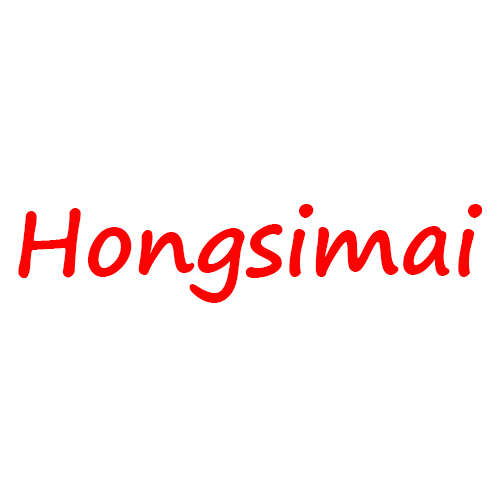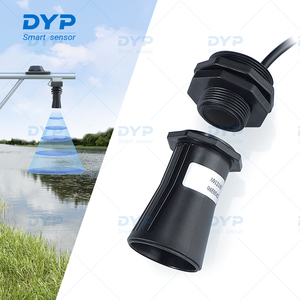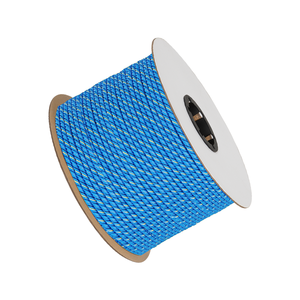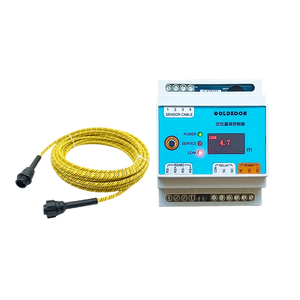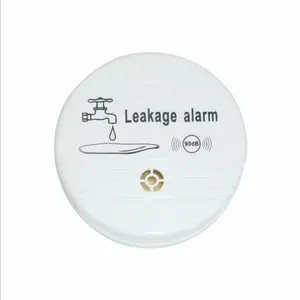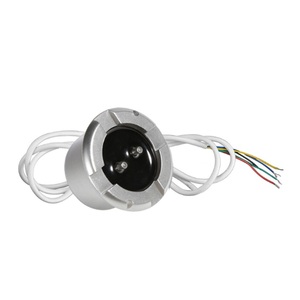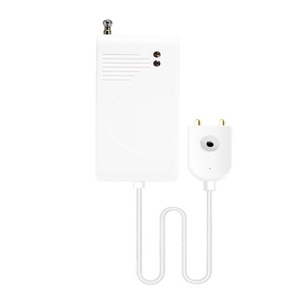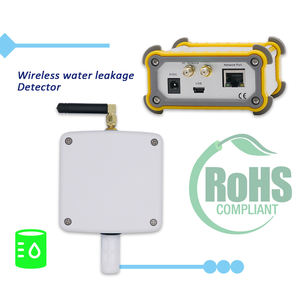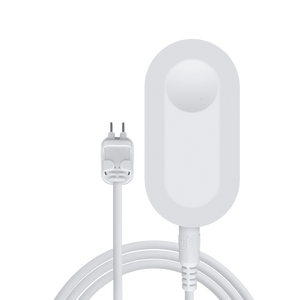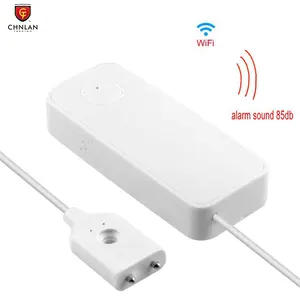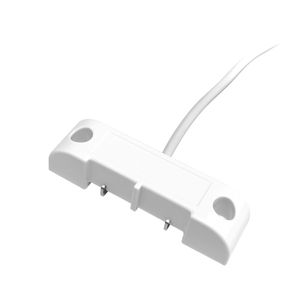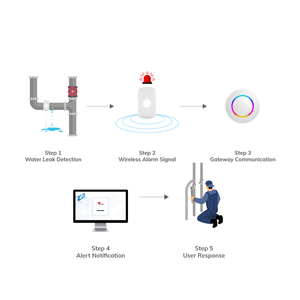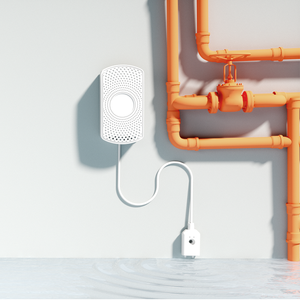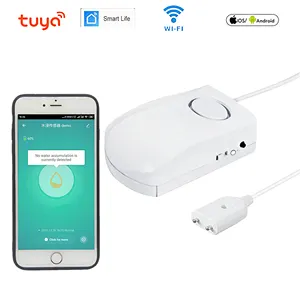Water Detection Sensor



 1/3
1/3



 0
0


 1/1
1/1


 0
0

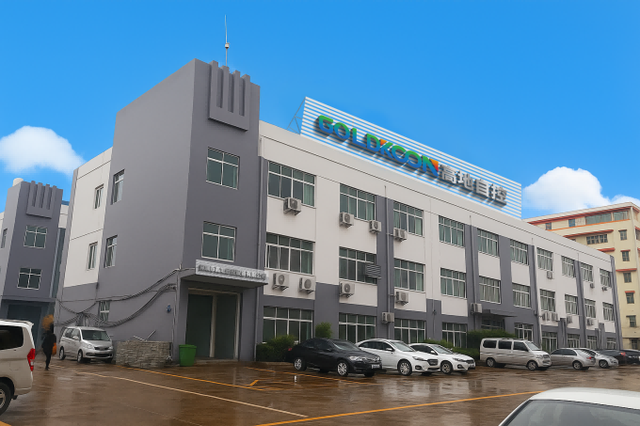

 1/3
1/3



 1/3
1/3



 1/3
1/3









 1/43
1/43



 1/3
1/3



 1/3
1/3


 0
0



 1/4
1/4



 1/2
1/2



 1/3
1/3


 0
0


 0
0

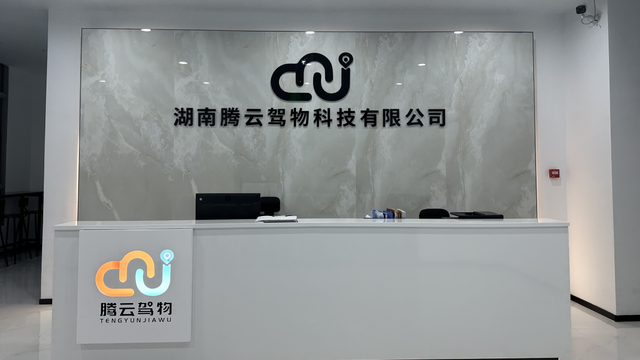

 1/3
1/3



 1/3
1/3




 1/1
1/1









 1/26
1/26
About water detection sensor
Where to Find Water Detection Sensor Suppliers?
China serves as the central hub for water detection sensor manufacturing, with key production clusters concentrated in Shenzhen and Zhuhai within Guangdong Province. These regions host vertically integrated supply chains specializing in electronic components, sensor modules, and IoT-enabled safety systems. Shenzhen’s ecosystem supports rapid prototyping and mass production of ultrasonic, capacitive, and contactless liquid level sensors, leveraging proximity to semiconductor suppliers and automated assembly facilities. The area benefits from streamlined logistics networks, enabling efficient export fulfillment to North America, Europe, and Southeast Asia.
Suppliers in this region operate within mature industrial ecosystems where component sourcing, PCB integration, and waterproof housing production occur within tightly coordinated networks. This localization reduces lead times for standard and custom configurations, typically ranging from 15–25 days for batch orders. Buyers gain access to scalable production capacities, with leading manufacturers reporting monthly outputs exceeding 10,000 units across multiple sensor types. Cost efficiency is enhanced by 20–30% compared to Western-based producers due to lower labor costs and in-region material sourcing.
How to Choose Water Detection Sensor Suppliers?
Evaluating suppliers requires a structured assessment of technical capability, quality assurance, and transaction reliability:
Technical & Functional Validation
Confirm sensor type alignment—ultrasonic, float, capacitive, or optical—based on application requirements such as submersion depth, fluid conductivity, and environmental exposure. Review datasheets for IP ratings (e.g., IP67/IP68 for waterproofing), output signals (analog, digital, RS485), and operating voltage compatibility. For industrial deployments, verify electromagnetic interference (EMI) resistance and long-cable signal stability.
Production and Quality Assurance
Assess supplier infrastructure through the following criteria:
- In-house R&D teams capable of supporting customization (e.g., cable length, connector types, dual-level triggering)
- Compliance with international standards such as RoHS, CE, and ISO 9001 for consistent quality management
- Testing protocols for leak detection accuracy, response time, and durability under continuous operation
Cross-reference product listings with verified on-time delivery rates (target ≥94%) and response times (ideally ≤2 hours) to gauge operational responsiveness.
Procurement and Risk Mitigation
Utilize secure transaction mechanisms such as escrow services for initial orders. Request physical or digital samples to validate performance against specifications before scaling procurement. Analyze reorder rates—suppliers with rates below 15% may indicate limited customer retention or niche market positioning. Prioritize partners offering modular designs suitable for integration into smart building, HVAC, or flood monitoring systems.
What Are the Best Water Detection Sensor Suppliers?
| Company Name | Main Products (Listings) | Price Range (USD) | Min. Order Quantity | On-Time Delivery | Avg. Response | Reorder Rate | Online Revenue |
|---|---|---|---|---|---|---|---|
| Shenzhen Dianyingpu Technology Co., Ltd. | Ultrasonic Sensors (929) | $13.28–$17.50 | 1–10 units | 100% | ≤2h | <15% | US $120,000+ |
| Shenzhen Zhanhua Sensing Technology Co., Ltd. | Liquid Level Sensors (53) | $0.85–$39.99 | 1–1,000 pieces | 100% | ≤1h | <15% | US $6,000+ |
| Wow Hvac Co., Ltd. | Liquid Level Sensors (82) | $0.90–$3.50 | 2 pieces | 100% | ≤7h | 16% | US $20,000+ |
| Zhuhai Witzone Electronics Co., Ltd. | Alarm Systems (385) | $1.20–$45.71 | 1 piece | 94% | ≤5h | <15% | US $10,000+ |
| Shenzhen Goldkoon Automatic Control Equipment Co., Ltd. | Alarm Systems (53) | $2.50–$128 | 1 meter–2 pieces | 100% | ≤2h | 16% | US $50,000+ |
Performance Analysis
Shenzhen Dianyingpu leads in product specialization with a dominant focus on ultrasonic sensing technology and high-volume listing activity, supported by strong revenue performance and immediate response capability. Shenzhen Zhanhua offers the lowest entry pricing ($0.85/unit at scale), making it a competitive option for high-MOQ buyers seeking cost-efficient liquid level sensors. Wow Hvac provides standardized, low-cost water detection solutions with consistent two-piece minimums, suitable for integration into HVAC and pipeline monitoring systems. Zhuhai Witzone differentiates through wireless and smart alarm-integrated sensors, targeting security and building automation applications despite a slightly lower on-time delivery rate. Shenzhen Goldkoon specializes in industrial-grade leak detection cables with high-value, long-range RS485-enabled models priced above $128, indicating a focus on engineered system integration rather than commodity supply.
FAQs
What certifications should water detection sensor suppliers have?
Ideal suppliers comply with CE and RoHS directives for electromagnetic compatibility and hazardous substance restrictions. While ISO 9001 certification is not universally listed, its presence indicates formalized quality control processes. For export to regulated markets, verify compliance documentation for end-product integration requirements.
What is the typical MOQ for water detection sensors?
MOQs vary significantly: some suppliers offer single-piece sampling (e.g., $1.20 at Zhuhai Witzone), while bulk pricing applies at 100–1,000 units. Industrial cable-based sensors may require minimum lengths (e.g., 1–2 meters). Low MOQs facilitate prototyping, whereas high-volume orders unlock unit cost reductions up to 40%.
Can suppliers customize water detection sensors?
Yes, customization options include cable length, connector type (e.g., 3.5mm jack), power supply range, and output signal configuration. Some manufacturers support OEM branding and housing modifications (e.g., ABS enclosures). Confirm feasibility through direct technical inquiry prior to order placement.
What are common sensor types available from these suppliers?
Available technologies include non-contact ultrasonic sensors (DYP-L02, DS1603), capacitive liquid level switches, photoelectric sensors, magnetic float sensors (LLS-VP45), and conductive water leak detection cables. Selection depends on fluid type, installation environment, and required maintenance frequency.
How long does sample production take?
Standard samples are typically shipped within 5–10 days. Custom modifications may extend lead time to 15–20 days depending on design complexity. Air freight adds 3–7 days for international delivery. Buyers should factor in evaluation and testing duration when planning deployment timelines.
